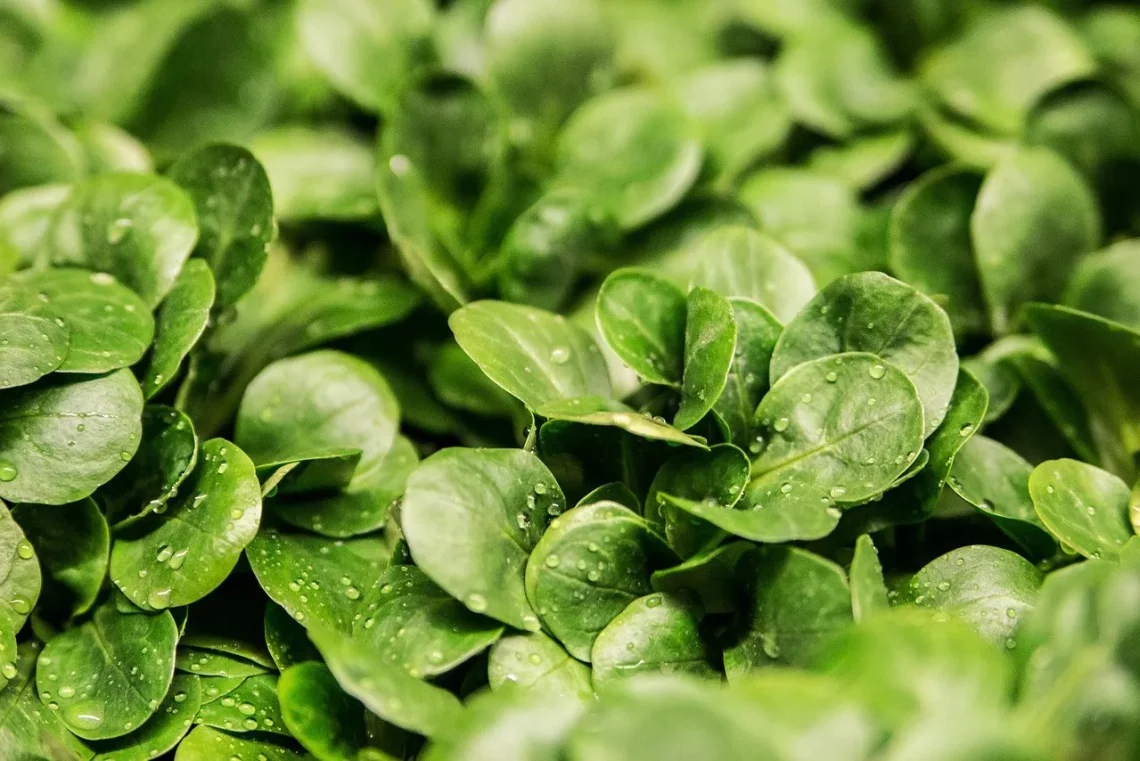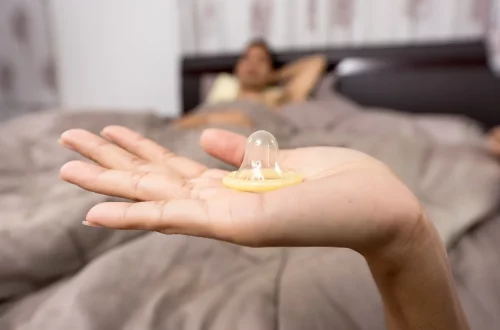
Can Bearded Dragons Eat Lettuce Safely and Healthily?
Bearded dragons are fascinating reptiles that have become increasingly popular as pets. Their unique appearance, docile nature, and interactive behavior make them appealing to reptile enthusiasts. When it comes to caring for these creatures, understanding their dietary needs is crucial. Bearded dragons have specific nutritional requirements that must be met to ensure their health and well-being. One of the most common questions among bearded dragon owners is regarding the safety and health implications of feeding their pets various types of vegetables, particularly lettuce.
Lettuce is often seen as a staple in human diets, but its suitability for bearded dragons is a topic of considerable debate. With so many types of lettuce available, each with different nutritional content, many owners are left wondering if this leafy green can be included in their pet’s diet. The challenge lies in balancing the introduction of new foods while ensuring that the overall diet remains nutritious and beneficial for these reptiles.
Understanding the nutritional requirements of bearded dragons and the role of vegetables in their diet is essential for any owner. This article aims to provide clarity on the topic, exploring the suitability of lettuce for bearded dragons, and offering insights into the broader dietary needs of these captivating reptiles.
Nutritional Needs of Bearded Dragons
To determine whether bearded dragons can safely consume lettuce, it is essential to understand their overall nutritional requirements. Bearded dragons are omnivores, which means they require a balanced diet consisting of both plant and animal sources. In the wild, their diet typically includes a variety of insects, fruits, and vegetables.
In terms of macronutrients, bearded dragons need a combination of protein, carbohydrates, and fats. Young bearded dragons require a higher percentage of protein to support their rapid growth, while adults can thrive on a more balanced diet of vegetables and insects. The appropriate ratio of protein to vegetables changes as the dragon matures, highlighting the importance of adjusting their diet accordingly.
Vegetables are an integral part of a bearded dragon’s diet, providing vital vitamins, minerals, and fiber. Leafy greens and other vegetables contribute to hydration and overall digestive health. However, not all vegetables are created equal; some may lack essential nutrients or contain substances that could be harmful in large quantities.
The primary vitamins that bearded dragons need include vitamin A, calcium, and vitamin D3. Calcium is particularly crucial for maintaining strong bones and preventing metabolic bone disease, a common issue in reptiles. Therefore, it is vital for owners to choose vegetables that are rich in these nutrients. While leafy greens like collard greens, dandelion greens, and mustard greens are often recommended due to their nutritional value, the role of lettuce in this context is less clear.
Can Bearded Dragons Eat Lettuce?
The question of whether bearded dragons can eat lettuce is a nuanced one. While the short answer is yes, they can consume it, the long answer requires a deeper dive into the types of lettuce available and their nutritional profiles.
Lettuce is generally low in nutritional value compared to other vegetables. The most common types of lettuce, such as iceberg and romaine, have a high water content and minimal essential nutrients. Iceberg lettuce, in particular, is often criticized for being devoid of significant vitamins and minerals, making it an unsuitable choice for bearded dragons.
On the other hand, romaine lettuce is slightly better as it contains more nutrients, including some vitamins A and C, as well as calcium. However, even romaine should not be the primary vegetable offered to bearded dragons. It can be provided in moderation as part of a varied diet, but it should not replace more nutritious leafy greens.
When introducing any new food into a bearded dragon’s diet, it is important to do so gradually. Observe how your pet reacts to the new food, and watch for any signs of digestive distress or refusal to eat. If you notice any adverse reactions, it is best to consult a veterinarian who specializes in reptiles.
In summary, while lettuce can be included in a bearded dragon’s diet, it should not be a staple food. Instead, it can serve as an occasional treat or filler. The focus should always remain on providing a diverse array of vegetables that meet the nutritional needs of these reptiles.
Health Risks of Feeding Lettuce
Feeding lettuce to bearded dragons does come with certain health risks that owners should be aware of. As mentioned earlier, the low nutritional value of many types of lettuce, particularly iceberg, can lead to an imbalanced diet. Relying too heavily on lettuce may result in deficiencies in essential vitamins and minerals, which can compromise the health of your bearded dragon.
Another concern is the potential for digestive issues. Some bearded dragons may have sensitive stomachs and may not process lettuce well, leading to problems such as diarrhea or bloating. It is crucial to monitor your pet’s stool and overall behavior after introducing any new food into their diet.
Additionally, the high water content in lettuce, while hydrating, can also lead to increased urination. While hydration is essential, excessive water intake can put a strain on a bearded dragon’s kidneys. Over time, this can lead to health complications that may be difficult to reverse.
Lastly, pesticides and chemicals on store-bought lettuce can pose significant health risks. It is advisable to wash any vegetables thoroughly before offering them to your pet, or to opt for organic produce when possible. Even better, consider growing your own vegetables to ensure they are free from harmful substances.
In conclusion, while lettuce can be included in the diet of bearded dragons, it is essential to approach its use with caution. Offering a variety of other, more nutrient-dense vegetables is key to maintaining your pet’s health.
Alternatives to Lettuce for a Balanced Diet
Given the limitations of lettuce as a food source for bearded dragons, it is important to explore alternative vegetables that can better meet their nutritional needs. A well-rounded diet should consist of a variety of foods that provide essential vitamins, minerals, and fiber.
One excellent alternative is collard greens, which are rich in calcium and other vital nutrients. They are an excellent choice for bearded dragons, providing a nutritious base for their vegetable intake. Dandelion greens are another fantastic option, offering a wealth of calcium and other essential vitamins.
Other vegetables that can be included in a bearded dragon’s diet include bell peppers, squash, and carrots. These options are not only nutritious but can also add variety to your pet’s meals, making them more appealing. It is advisable to chop vegetables into bite-sized pieces to facilitate easier consumption.
Fruits can also be an occasional treat, though they should be offered in moderation due to their high sugar content. Safe fruits for bearded dragons include strawberries, blueberries, and melon. Always ensure that fruits are fresh and cut into small pieces to prevent choking hazards.
In summary, while lettuce can be part of a bearded dragon’s diet, it should not be the primary vegetable offered. Focus on providing a variety of nutrient-dense vegetables and occasional fruits to ensure a balanced and healthy diet for your pet.
**Disclaimer:** This article is for informational purposes only and does not constitute medical advice. For any health-related concerns regarding your pet, please consult a qualified veterinarian.




